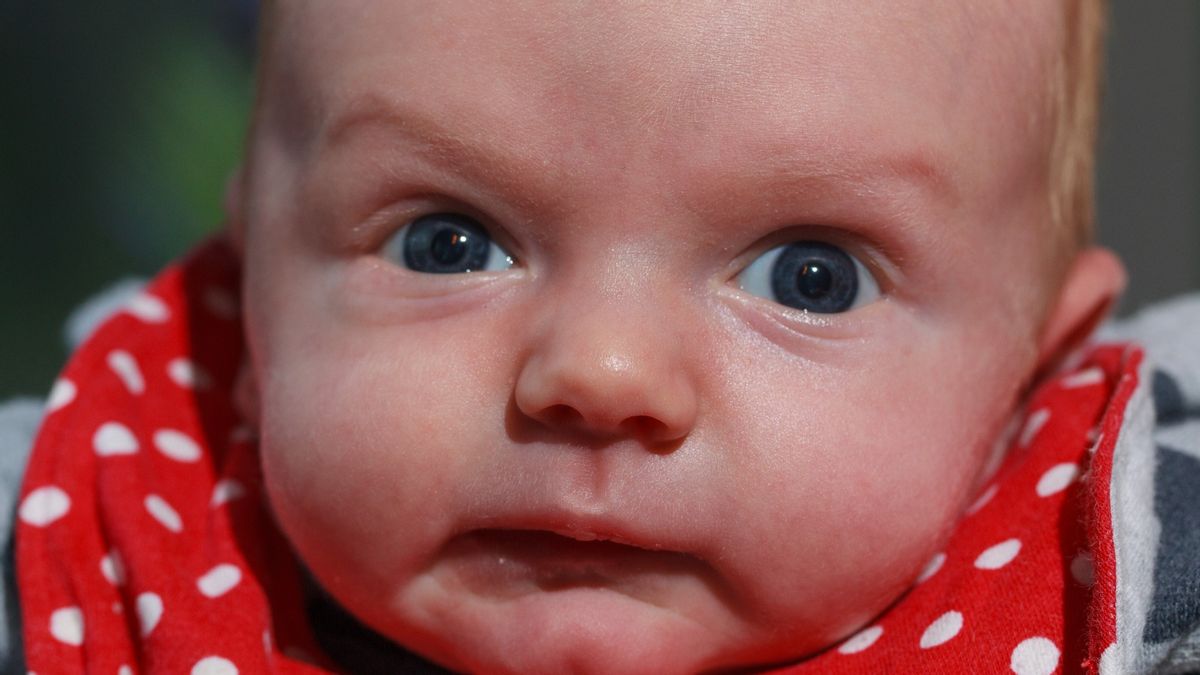Babies are born with a visual acuity that is below the threshold for legal blindness ...
... but it isn't true that newborns can only see in black and white. Instead, they are able to perceive some colors, in an extremely muted way.
In early 2023, a post on Reddit claimed that babies are born nearly blind and can only see in black and white:
This post garnered 2,500 upvotes and 152 comments, some of which seemed incredulous. "Yeah I mean I know everyone loves a good anecdote in a discussion about science but my newborn daughter was tracking people across the room within a week," said one. "So, exactly how is this known? Last time I checked it was relatively difficult to interview an infant," commented another.
How Eyes Develop
The original post was correct. According to the Charlotte Lozier Institute, a 2002 study from the University of Pavia in Italy showed that at birth, a newborn's visual acuity is below the threshold for blindness as defined by the law:
At birth, the average baby's visual acuity is 20/640, meaning that an object that an average adult can see 640 feet away, would need to be just 20 feet away in order for the baby to see it. For perspective, a person is legally blind if their visual acuity is 20/200 or worse.
The post goes on to add that newborns don't have depth perception either. This is because the eyes continue to develop after a baby's birth. While they are large in proportion to their heads, their eyes are about 65% the size of fully developed eyes, according to Nationwide Children's Hospital in Ohio.
The babies can also see no further than 8 to 12 inches (20 to 30 centimeters) at birth, a distance that corresponds roughly to the distance between a baby's face and the parent's face when the baby is nursing. Some experts recommend that parents change breasts when feeding the baby so that both eyes can develop at the same rate.
Partly contradicting the claim, however, a newborn's sight is not altogether black and white, says the Charlotte Lozier Institute, only extremely muted. Some colors were easier for the babies to identify than others. "Specifically, when researchers tested 4-day-old babies, they found that these infants could tell the difference between white and orange, but not white and yellow-green," the Institute wrote, citing a 1991 Canadian study.
Babies will begin to recognize their parents and to track them as they move between two and three months old. This is also when they will start discriminating between colors a bit better.
The Charlotte Lozier Institute created a video to simulate how a baby's sight evolves over the course of its first year of life.

